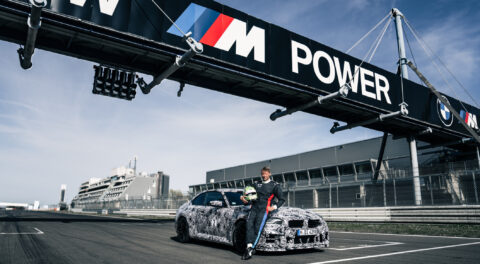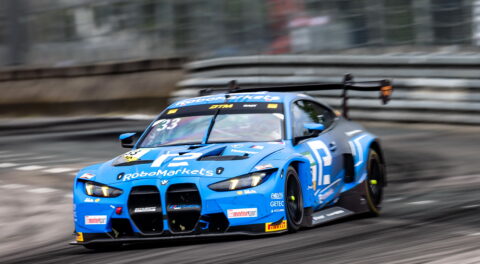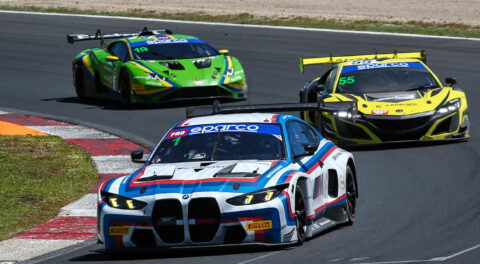The M5 is perhaps the most important M car. You don’t have to settle on just one generation, as looking at the lineage as a whole, it’s clear that the underpinnings of the 5 Series have played an essential role in the history of BMW M. Before the first true M cars came into existence, the South African 530 MLE showed that, with the attention from BMW Motorsport focused in the right places, the 5 Series could be a potent competitor on track—the 530 MLE won every race it entered in-period. After the exotic, limited-production M1, the E12-based M535i proved that BMW’s formula of modifying a production model with Motorsport parts and engineering was a winner. It wasn’t long before the E28-based M535i appeared, which would eventually give way to the first M5. The E30 M3 used a chopped-down version of the same twin-cam Paul Rosche-designed engine, and the rest is history.
We’re currently 35 years removed from the original E28 M5, and the shifts in the automotive industry have been nothing less than tectonic in their scale. One thing that hasn’t changed, however, is what the M5 represents. Today, just as 35 years ago, the M5 is the physical embodiment of what BMW does best: building a single car that can do everything, from challenging supercars and setting lap records, to driving you home through rush hour with a trunk full of groceries.

When it was new, the E28 M5 was capable of running with significantly more expensive and far less functional models from the likes of Ferrari, Lamborghini, and Porsche. Today, the F90 M5—discussed here in facelifted LCI form—is capable of doing the same.
We have dedicated significant space here on BimmerLife to singing the praises of the M5, and it’s not merely because this is an outlet for the BMW Car Club of America. There are a lot of reasons to love the current M5, with staggering performance and what seems like respectable longevity being at least a few of them. We’re still awaiting official test results for the M8, and fully expect the M8 Gran Coupé to be the new fastest four-door BMW, but when it comes to value, it’s hard to beat the stalwart M5.
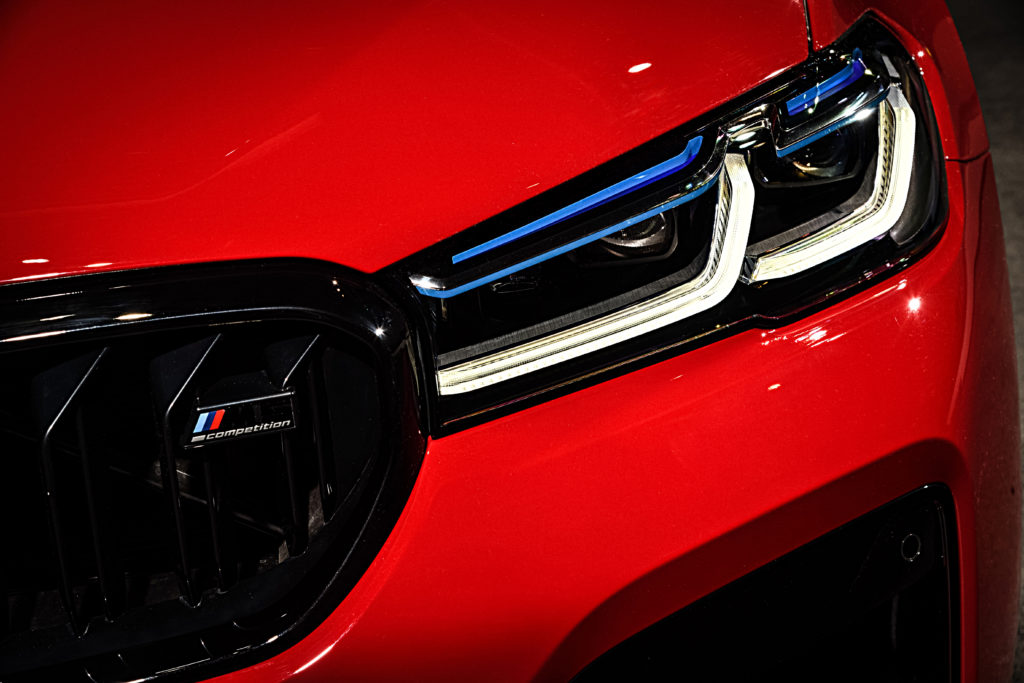
Following the announcement of the G30 5 Series LCI, BMW revealed the updated F90 M5, which follows suit. The immediately apparent changes are all visual; power is maintained from before, while lighting has been updated front and rear with the same LED appointments found on the facelifted Five. The kidney grille is now a single piece, like other current BMW models, and although you can’t see it in the press photos, brake calipers can be finished in either gloss black or red with the standard brake package—we assume the M Carbon Ceramic calipers will remain gold.
Speaking of colors, a few tones have been added to the palette. These include Brands Hatch Grey and Motegi Red, but we’re more interested in the additions to the BMW Individual selection, which now includes Aventurine Red II and Tanzanite Blue II—get the second one; you won’t regret it the first time you see the car in the mid-day sun.
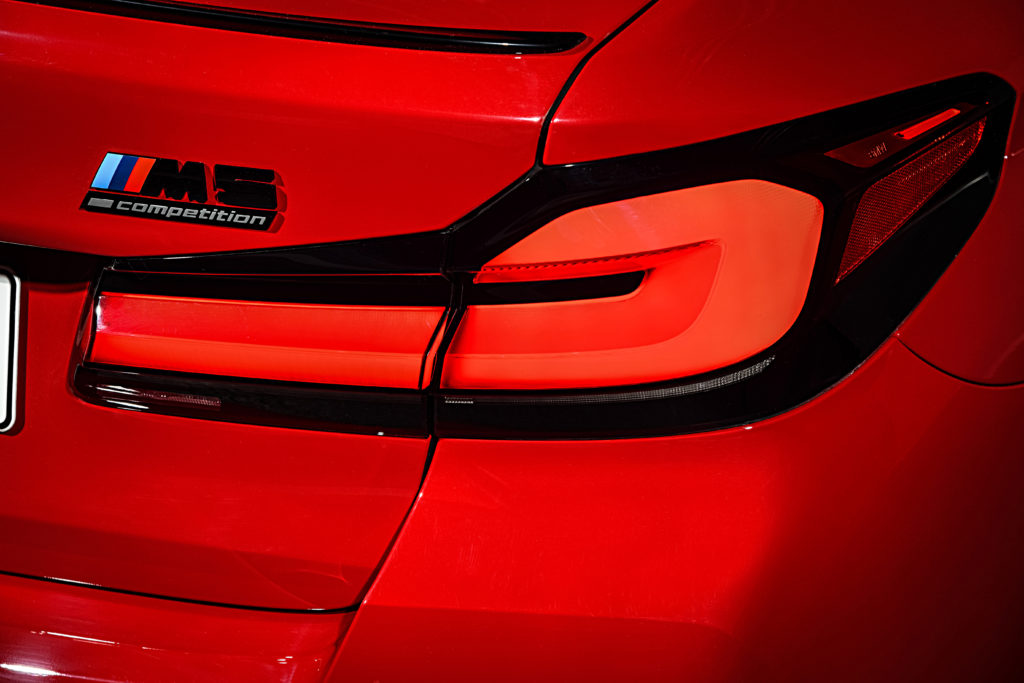
Engine output remains unchanged; the base M5 delivers 600 horsepower at 6,000 rpm and 553 pound-feet of torque from 1,800 to 5,690 from its S63 M V8. The M5 Competition makes do with 617 horsepower at 6,000 rpm and identical torque from a slightly longer plateau—1,800 to 5,860 rpm. Performance should remain the same, but we’ll wait for the official instrumented test results to be certain. The only significant change that’s genuinely of note when it comes to performance is the addition of new shock absorbers and a revamped damper control system for them on the M5 Competition, which M boss Markus Flasch credited the M8 for supplying during the digital unveiling of the model.
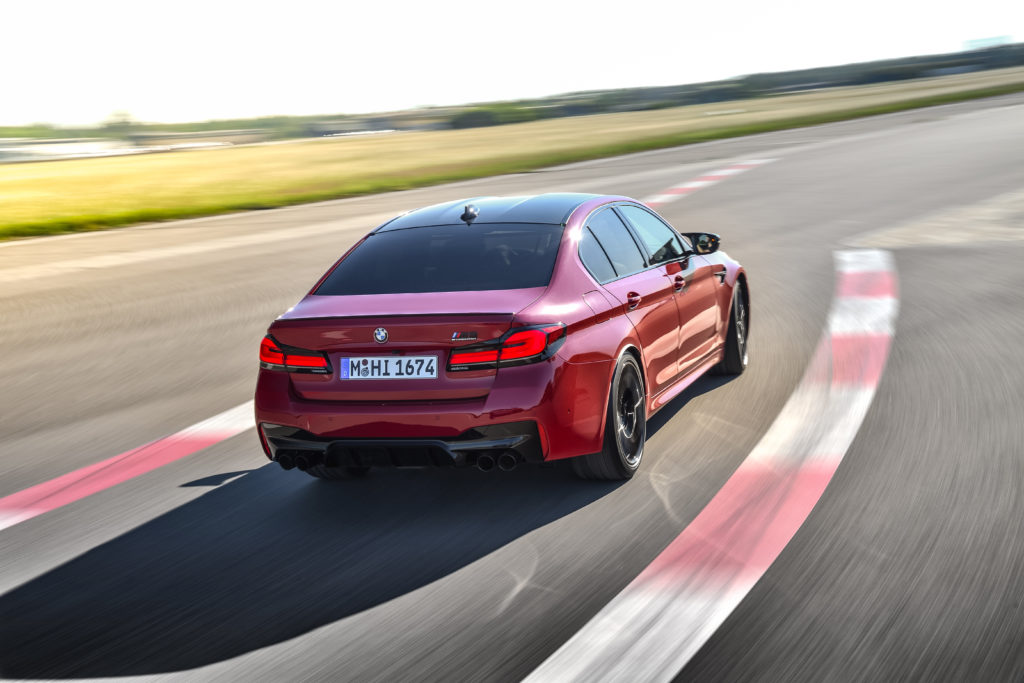
Changes that are perhaps more important are found within the cabin. The iDrive screen is now larger than before, and the instrument cluster is now a completely digital display. This essentially translates to the M5 having been updated to BMW’s iDrive operating system 7.0, as the model was originally released just before this latest iteration debuted within the lineup. Apple CarPlay and Android Auto are supported, with the wireless capability that is exclusive to BMW. There are new leather options as well, with one option that uses Alcantara inserts unique to the M5 Competition. The M driving mode button array has also been simplified, with fewer, yet more direct and practical selections at the driver’s fingertips beside the shifter. The M5 Competition also gets its own track mode, which turns off all of the electronic assists and safety nets, while also killing the iDrive screen and hi-fi.

The M5 and M5 Competition are set to arrive in the U.S. during August of this year. Pricing begins at $103,500 for the regular model, while the M5 Competition starts at $111,100, both sans the $995 destination fee.
The segment in which the M5 competes hasn’t changed much in recent years. If you’re looking for an alternative, it will probably come from Audi, Mercedes-Benz, or perhaps Porsche. The M5 is right in the mix in terms of power and performance, and BMW seems to have chosen the same conservative route as the G30 5 Series LCI (no massive kidney grilles, although they did grow a bit). There’s just one thing missing, and that’s a sport wagon variant—luckily, if you live outside the U.S., Alpina has you covered.—Alex Tock
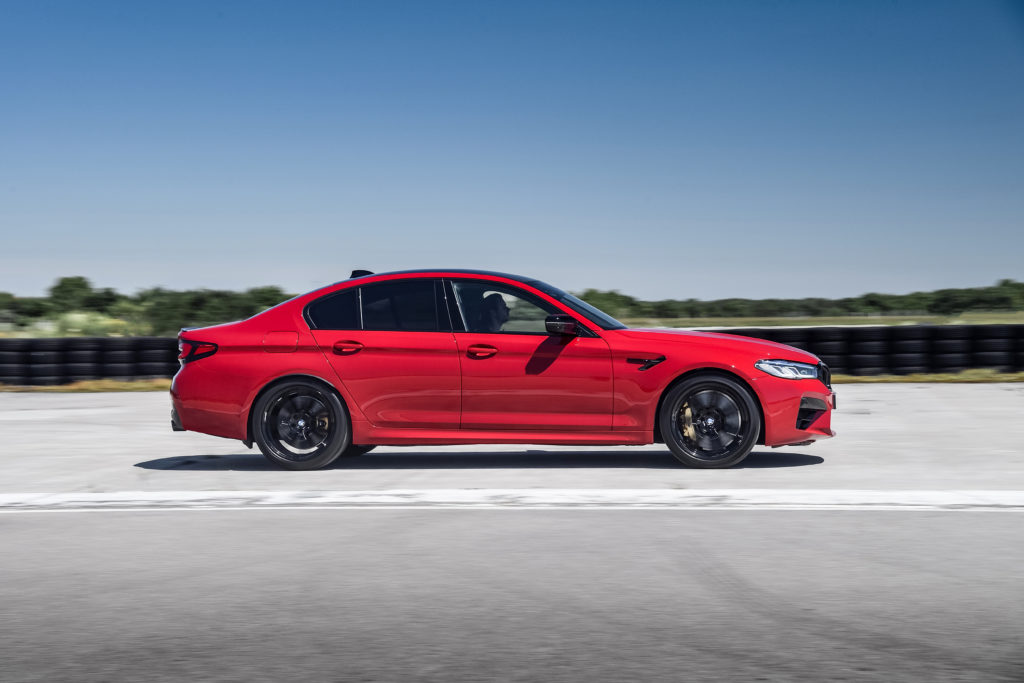
[Photos courtesy BMW AG.]




